As our taxi from Gobabis rolled into Windhoek late at night, our initial impressions of it was that of a modern, orderly city. The main arterial streets had multiple wide lanes and shop-fronts in the city center were well-lit at night. These initial impressions were reinforced as we set out to explore the city late next morning.
Located in the geographic center of the country, Windhoek is both the national capital and commercial center of the country. The city center has a fair sprinkling of well-preserved German colonial buildings, legacy of the short period of time that it served as the administrative capital of German Southwest Africa around the turn of the 20th century. Central Windhoek is bisected by Independence Avenue where most of the government buildings and shopping areas are concentrated. Post Street Mall, the heart of the Windhoek shopping district, is a pedestrianized set of blocks lined with shops selling curios and artwork. We spent the best part of the day criss-crossing the city streets and taking in its somewhat limited sights.
Despite a modest population of just over 300,000, Windhoek has all the trappings of a big city. Its population reflects the country's varied ethnic mix that includes among others, Herero, Damara, San and Europeans. Strolling around on a busy Friday morning, we could discern new sounds and speech patterns all around us. Listening in on conversations, our ears picked up the 'clicks' of the Nama/Damara language, a result of influence of the San (Bushman) people.
One of Windhoek's most recognizable landmarks, the Christuskirche, sits in the middle of a large traffic circle. As we walked by, we noticed muted crowds gathering at a small park near the church. Several liveried marching bands disembarked from buses and traffic control seemed to indicate that some high level VIPs were in attendance. We later discovered that this was a memorial gathering for Namibia's much respected education minister who had died a day earlier.
Nearby is the Tintenpalast, Namibia's grand Parliament building. The name is an amusing hangover from the colonial period and translates to 'ink palace', a sly reference to the amount of paperwork churned out and the ink this consumed! It was originally the administrative headquarters for German South-West Africa and has been the center of administration for all subsequent governments. A large bronze kudu statue, another popular landmark and meeting place, stands tall at another intersection with Independence street. Interestingly, downtown Windhoek honors two dictators for their support during Namibia's struggle for independence - Robert Mugabe Avenue is a major thoroughfare into the city and Fidel Castro Street runs right through the city center.
We stopped by at the office of Nambia Tourism for assistance with planning the rest of our time in the country. The staff there essentially corroborated what all the guidebooks were telling us. When it comes to visiting the most popular tourist destinations in the country, a visitor is presented with two options - joining an organized tour or renting a vehicle, preferably a 4X4. Namibia's public transport system will get you to its few population centers, but not beyond. For this reason, even independent travelers who normally spurn organized tours resign themselves to the tour option. Besides car rentals can get expensive for budget travelers, so travelers in backpacker lodges normally self-organize into groups to hire a vehicle and share the costs of rental and petrol. We scanned the noticeboard at our lodge for potential sharing options but did not find any that matched our intended dates or itinerary. We even posted our own notice soliciting co-travelers to share expenses but did not get any responses.
The rental option posed an additional challenge for us. As in most countries (other than the US and perhaps a few others), the rental agencies predominantly have manual transmission vehicles in their fleet. Automatics are either unavailable or available only with a few premium cars with astronomical daily rates. The last time either of us had driven a manual transmission was when we went for our driving test in Bombay and we were not about to reacquire that skill on Namibian roads with a rental car, especially when we would already have to focus on driving on the wrong side of the road.
There was one more thing. When the pickpocket at Banjul swiped V's wallet, he got his California driver's license as well. Since the self-drive option involved significant distances each day, we wanted to rent only if both of us were able to drive. Fortunately V has been carrying around his driver's license from Maharashtra, India (issued 20 years ago and due to expire soon) and we enquired if that would be acceptable. We found out that so long as the drivers's license was in English and had a photo, it was sufficient.
The first car rental agency we stopped by at not only had no automatics in their fleet, but all their vehicles were out. Self-drive tours appeared to be very popular and vehicles have to be reserved days in advance. Fortunately the man at the counter really wanted to help us out and directed us to a competitor indicating that they were more likely to have automatics in their fleet. So we walked over to their office and found out that they indeed had automatics. And miraculously one was being returned on the same day and would be available for us to pick up the next morning! To our surprise the rental agent even suggested that we book online to get discounted rates. We went back and checked online and found the discount to be substantial!
With all this data in hand we went back and forth with this decision. We almost put in a deposit for an organized tour that night before holding back at the last moment. While an organized tour would relieve us from the responsibility of driving, we were not looking forward to camping each night (which is the only option on budget tours). For the first time on the trip, the flexibility of having a car at our disposal seemed like a great idea. We got online and reserved a car to be picked up next morning.




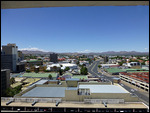
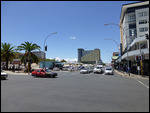
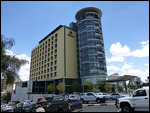
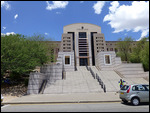
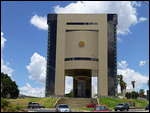
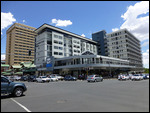





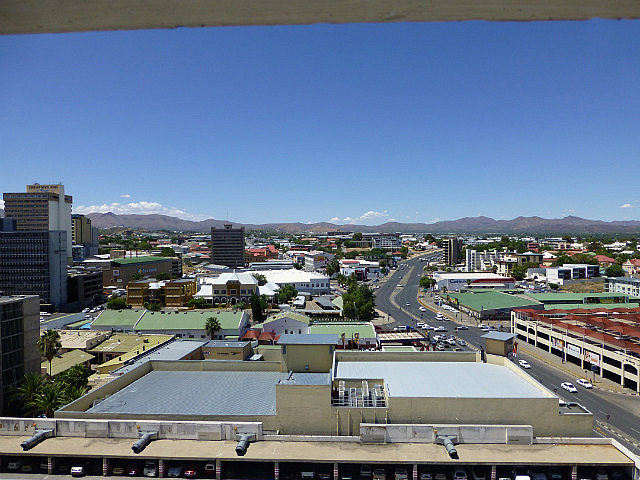
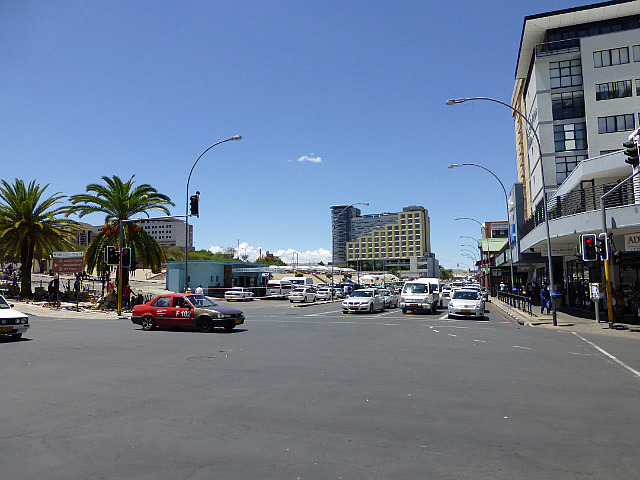

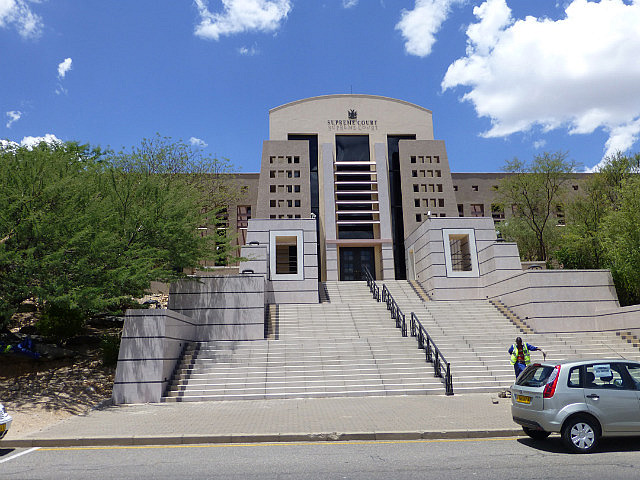
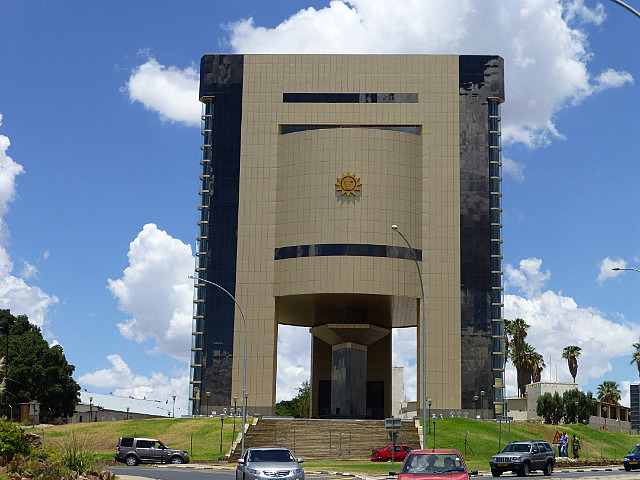
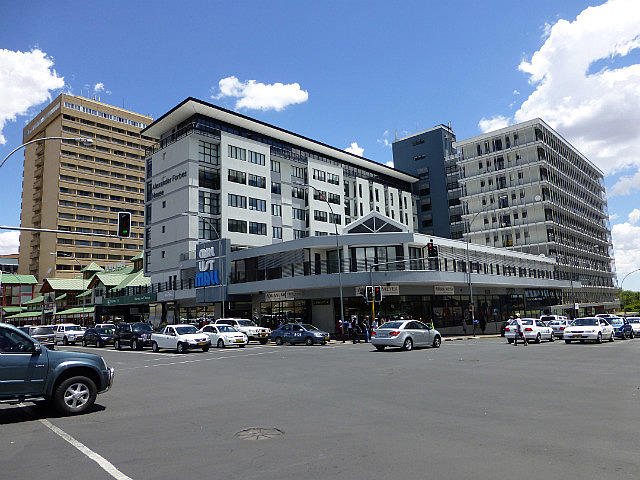
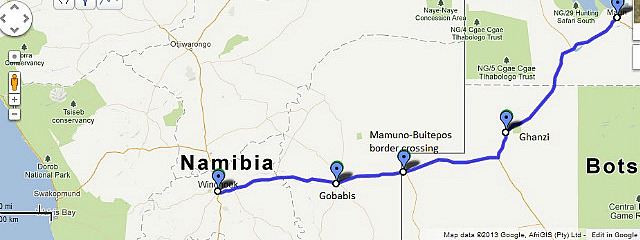
Comments